<--- Back to Details
| First Page | Document Content | |
|---|---|---|
 Date: 2014-01-24 12:43:15Aviculture Birds of Western Australia Bird nest Egg Chicken Bird Malleefowl Nest Zoology Biology Ornithology |
Add to Reading List |
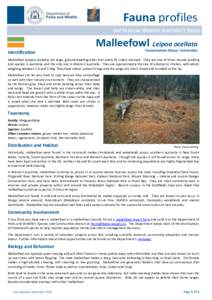 | Fauna profiles Get to know Western Australia’s fauna Malleefowl Leipoa ocellata Identification Malleefowl (Leipoa ocellata) are large, ground-dwelling birds that rarely fly unless alarmed. They are one of three mound-bDocID: 1vc4j - View Document |
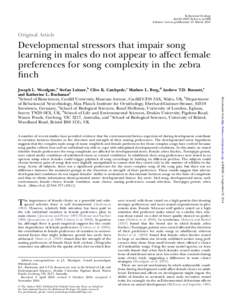 | Behavioral Ecology doi:beheco/arr006 Advance Access publication 21 March 2011 Original ArticleDocID: 1r9Dc - View Document |
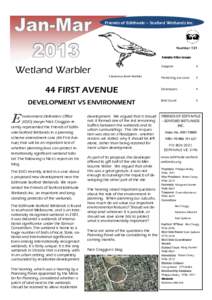 | Friends of Edithvale – Seaford Wetlands Inc. Number 131 Inside this issue: Wetland WarblerDocID: 1r6eT - View Document |
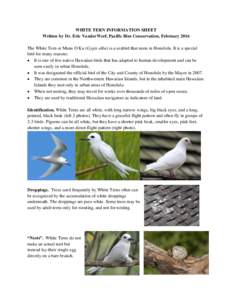 | PDF DocumentDocID: 1r5IC - View Document |
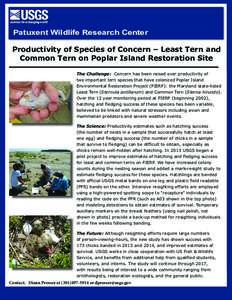 | Patuxent Wildlife Research Center Productivity of Species of Concern – Least Tern and Common Tern on Poplar Island Restoration Site The Challenge: Concern has been raised over productivity of two important tern speciesDocID: 1qQ6i - View Document |
 WHY MALLEE BIRD LAYS HER EGGS IN THE SAND (From ‘Legends of the Birds’) WAYAMBEH, a descendant of the original Wayambeh, who was turned into a tortoise, married Kookaburra. It was a strange mating, with an even stran
WHY MALLEE BIRD LAYS HER EGGS IN THE SAND (From ‘Legends of the Birds’) WAYAMBEH, a descendant of the original Wayambeh, who was turned into a tortoise, married Kookaburra. It was a strange mating, with an even stran